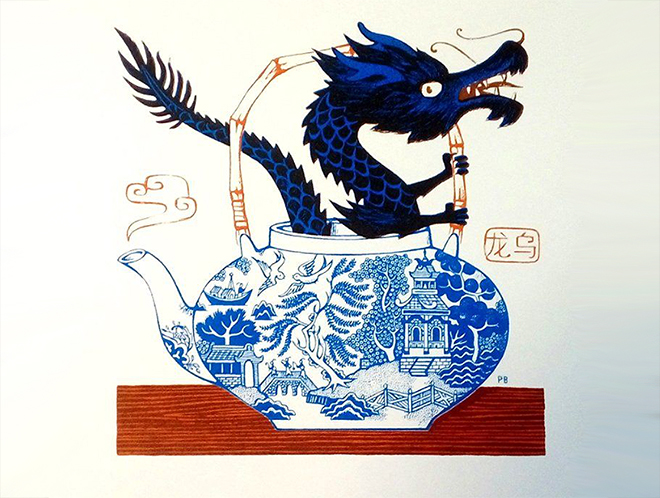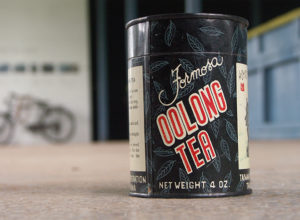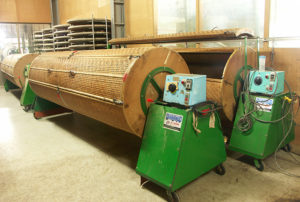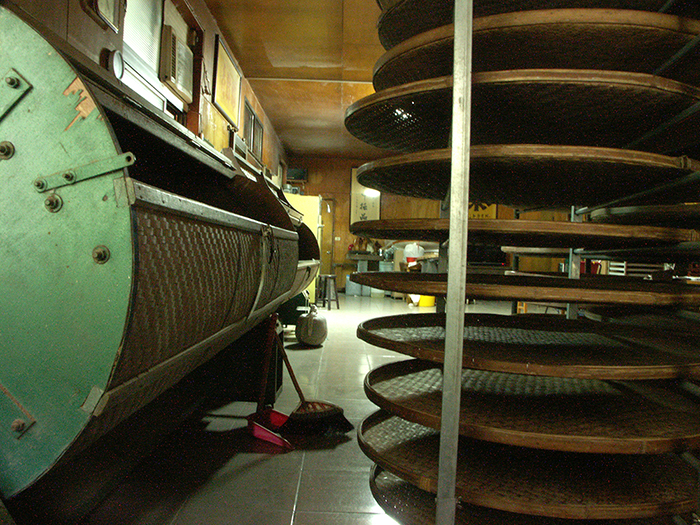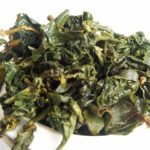Oolong is a corruption of Chinese word Wu Long, which means black dragon. An old Chinese legend is associated with the origin of this name.
Lazy Fellow Black Dragon
Once upon a time, probably in the Wuyi Mountain Range in the Chinese province of Fujian, a farmer lived in the mountains. He had a son who was a good hunter, but a well-known lazy fellow. He was so lazy that he was constantly scorched by the sun as he fell asleep during the day while working on a tea plantation. He was nicknamed the Black Dragon – Wu Long for his dark skin.
From Hare to Tea…
One day, Wu Long was harvesting leaves on his tea plantation when a hare ran across his path. Wu Long’s hunting heart cheered, he didn’t hesitate and ran after him. He didn’t even notice the basket full of tea leaves on his back. He chased the hare for several hours before he could catch him. When he came home late at night, his father saw the broken tea leaves in a basket on his back, got angry, and kicked his son out of the house. Then the father could not decide if he should throw away the damaged leaves or process them. He finally processed them, and after a few days, when he tasted the finished tea, he was astonished. He had never drunk such good tea from his garden in his life. He quickly set out to find Wu Long in the woods where he had escaped. As soon as he found his son, he apologized and asked him to show him in which part of their garden he had collected such good leaves. However, it was not a special place. Many times they processed very average tea from this place. So the father asked his son to tell him in detail what exactly was going on that day. It soon became clear to an experienced father that the extraordinary quality of tea had to do with shaking the tea leaves in the basket while chasing the hare.
Shaken, not stirred…!
Since then, shaking tea in bamboo baskets has become an integral part of the processing oolong teas. Tea, which according to this legend is named after the lazy Wu Long. During the shaking, the structure of the leaf is damadged along its edge. During the subsequent oxidation, the leaf browns more intensely in these places, and thus the desirable chemical processes leading to the unmistakable taste of oolong teas.
So, let’s pour ourselves a cup of fragrant oolong and cheers!
- Sacks for ball shaping
- Classical “ball shaped” oolong
- Leaves after infusion

